The United Kingdom is preparing for one of its most challenging security operations in recent history as United States President Donald Trump is set to arrive for a closely watched two-day State visit.
With the eyes of the world on Windsor and London, authorities are mobilising extensive resources to protect the US president, members of the royal family and the thousands expected to gather near key locations.
The visit, scheduled from Tuesday evening, September 16, to Thursday, September 18, 2025, comes at a time of heightened international tension.
It follows the recent fatal shooting of prominent right-wing activist Charlie Kirk in the US and an assassination attempt against Trump himself last year.
These events have led to a marked increase in protective measures surrounding the president’s trip, which will be his second State visit to the UK.
The preparations for this visit have been compared to those surrounding the coronation of King Charles III in May 2023.
Trump’s historic visit with a shortened schedule
Donald and Melania Trump will land in London on Tuesday evening, before immediately travelling to Windsor, where they will be hosted by King Charles III and Queen Camilla.
Originally, Buckingham Palace had announced a three-day visit, running from Wednesday, September 17, to Friday, September 19.
However, scheduling changes at the White House resulted in a slightly shorter visit, with the couple now expected to depart the UK on Thursday evening, September 18.
The invitation for this State visit was extended earlier in the year. UK Prime Minister Keir Starmer personally delivered it to Trump during a visit to Washington in February.
After receiving the formal request, Trump described the honour by saying it was a “great, great honour,” adding, “and that says ‘at Windsor’ - that’s really something.”
This marks Trump’s second State visit to the UK, the first being in 2019 during the late Queen Elizabeth II’s reign. At that time, he met the Queen, attended a state banquet at Buckingham Palace, visited Westminster Abbey, and held talks with then-UK Prime Minister Theresa May.
Trump’s message in the Abbey’s visitors’ book read, “Thank you so much. This has been a great honour. Special place.”
Unlike his first visit, this trip has been deliberately structured to minimise public exposure.
Many ceremonial traditions have been adapted to reflect tighter security requirements, while some events have been dropped altogether.
Inside the security operation to protect Trump in the UK
Thames Valley Police, the local force responsible for Windsor and surrounding areas, is leading the operation in close coordination with the Metropolitan Police, the US Secret Service, and other UK agencies.
Officers began ramping up their visible presence around Windsor last week, while behind-the-scenes coordination has been ongoing for months.
Authorities have described the mission as the largest protective security effort since King Charles III’s coronation in 2023. It will involve a massive deployment of armed police, drones, snipers, mounted officers, and specialised boat teams patrolling the River Thames.
Armed units are being sent from across England and Wales, where only about 4 per cent of police officers are authorised to carry firearms.
During a recent media briefing, Thames Valley Police revealed that their officers would have access to a wide range of specialist equipment.
Armed response vehicles (ARVs) will be strategically stationed around Windsor and the surrounding region, ready to deploy rapidly in case of an elevated threat.
Inside these vehicles, police will carry Tasers, Glock 17 sidearms, Lewis Machine & Tool rifles, and shotguns. The latter will only be used in specific situations, such as when dealing with dangerous animals.
Police Sergeant and operational firearms commander Daniel Hatfield also revealed to UK media that personnel would also be equipped for chemical, biological, radiological, and nuclear scenarios.
“For anything that is CBRN-related – chemical, biological, radiological and nuclear,” he said, officers will have protective gear, including gloves, respirators, overalls, and ballistic helmets.
Each ARV will also contain ballistic shields and comprehensive first aid kits to enable rapid medical assistance if needed. Ballistic protection measures, such as heavy-duty helmets and body armor, will be standard for all armed units deployed for the visit.
From Tuesday, when final rehearsals begin, airspace restrictions will be in place over Windsor and surrounding areas. This temporary order will remain active until Thursday evening, September 18, when the US president departs.
Enforcement will be carried out through police-operated drones and helicopters, ensuring no unauthorised aircraft can enter the zone.
The event will also feature what officials describe as one of the most significant drone deployments in British police history.
These drones will have dual roles: monitoring crowd activity from above and providing real-time intelligence to command centres overseeing the operation. Helicopters will support these drones by patrolling the skies and assisting with rapid response if any threats are detected.
While many security measures will be visible to the public — such as armed patrols and road closures — others will be covert. Thames Valley Police stated that certain tactics will remain undisclosed for operational reasons.
Trump’s security tighter than Bush’s 2003 visit
Graham Wettone, a former senior officer who oversaw intelligence and evidence-gathering during President George W Bush’s state visit in 2003, offered a perspective on how much security planning has evolved.
Bush’s trip, which took place just six months after the fall of Saddam Hussein, was considered high risk at the time due to widespread opposition to the Iraq war.
Wettone noted that Trump’s current security detail would surpass even those stringent measures. He pointed to recent events in the US as driving forces behind this decision.
“Although presidents traditionally like to travel around London in a motorcade, much of Trump’s travel will be by helicopter rather than the presidential car, nicknamed the Beast, as it is considered safer,” Wettone told UK news outlet The Times.
The US Secret Service will accompany Trump with their own team and vehicles, including the heavily armoured limousine known as “The Beast.”
However, its use will be limited, with helicopters preferred to minimise time spent on the ground and reduce exposure to potential attacks.
Wettone contrasted Trump’s restricted schedule with Bush’s 2003 itinerary, which included public appearances and even a visit to a local pub in County Durham, then-UK Prime Minister Tony Blair’s constituency.
For Trump, such public events are off the table due to current threat assessments.
Ceremonial programme adapted for Trump’s visit
The formal events of Trump’s visit will take place primarily within the secure grounds of Windsor Castle. On Wednesday morning, the Prince and Princess of Wales will greet Trump and Melania before accompanying them to meet King Charles and Queen Camilla for an outdoor welcome ceremony.
The US president will then be honoured with a military flypast featuring the Red Arrows aerobatic team, as well as UK and US F-35 fighter jets over the East Lawn of Windsor Castle. A special Beating Retreat ceremony will follow.
A carriage procession, traditionally a highlight of state visits, has been scaled down for security reasons. It will be confined to Home Park rather than travelling through the streets of Windsor.
This measure significantly reduces risk while maintaining an element of ceremonial tradition.
In the evening, a state banquet will be held at Windsor Castle. Attendance will include senior members of the royal family, key political figures and reportedly numerous big tech magnates.
However, Liberal Democrat leader Ed Davey has publicly stated he will boycott the dinner as a protest over what he described as the humanitarian crisis in Gaza. He said his absence would “send a message.”
Trump’s meeting with Starmer at Chequers
On Thursday, Trump will meet UK Prime Minister Keir Starmer at Chequers, the historic country residence of British prime ministers in Buckinghamshire.
The US president and first lady will be received with full ceremonial honours, including a guard of honor from RAF Halton and traditional bagpipers.
The itinerary includes a tour of the Sir Winston Churchill archives housed at Chequers.
Following the tour, Trump and Starmer will hold bilateral talks on a range of strategic issues, accompanied by senior ministers and advisers.
A business reception with the British chancellor will take place later in the day, and a joint press conference is scheduled before Trump departs for the United States in the evening.
Trump will not visit the UK Parliament during this trip.
The House of Commons will be in recess for the party conference season, which conveniently avoids controversy.
In recent months, some MPs had expressed strong reservations about granting Trump the privilege of addressing Parliament, an honour typically extended to visiting heads of state.
Anti-Trump protests planned in London and Windsor
Public demonstrations are expected throughout Trump’s visit. The Stop Trump Coalition, an activist group that has previously organised large-scale protests, has announced a “Trump Not Welcome” demonstration in central London on Wednesday.
Another protest will take place near Windsor Castle later that day.
The group has called for the government to cancel the visit altogether, accusing Trump of “denying climate science” and “siding with war criminals – in Israel, Russia and beyond.”
During Trump’s visit to Scotland two months earlier, similar protests took place in Aberdeen and Edinburgh, where hundreds of demonstrators gathered.
At his Turnberry golf course in South Ayrshire, protesters booed outside the grounds, and a paraglider flew over the property carrying a banner critical of the president.
Given this history, police are preparing for significant demonstrations and potential disruption during the State visit. Officers will be stationed at key protest sites to maintain order and ensure public safety.
Also Watch:
With inputs from agencies


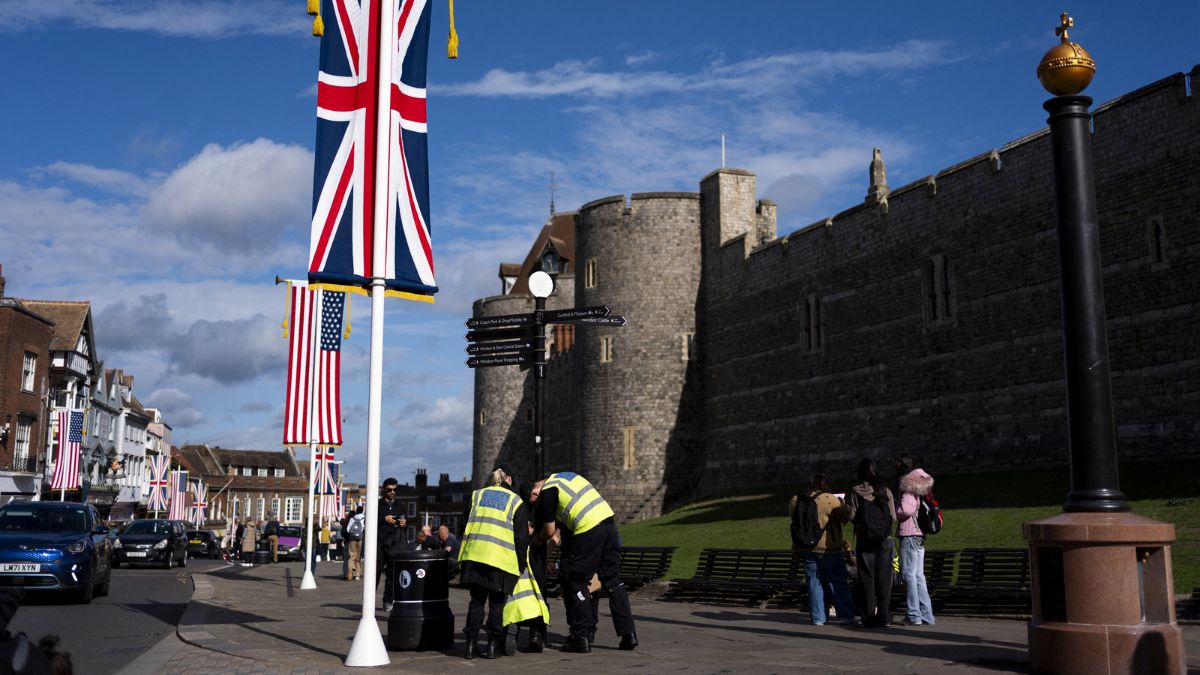)
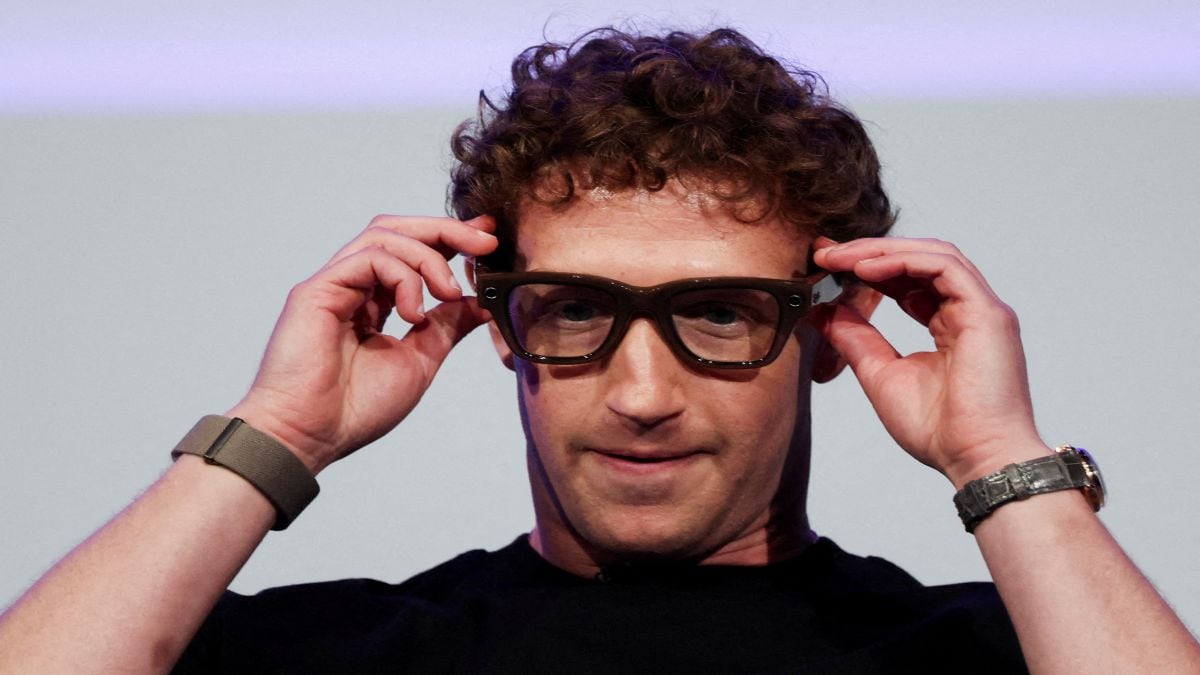
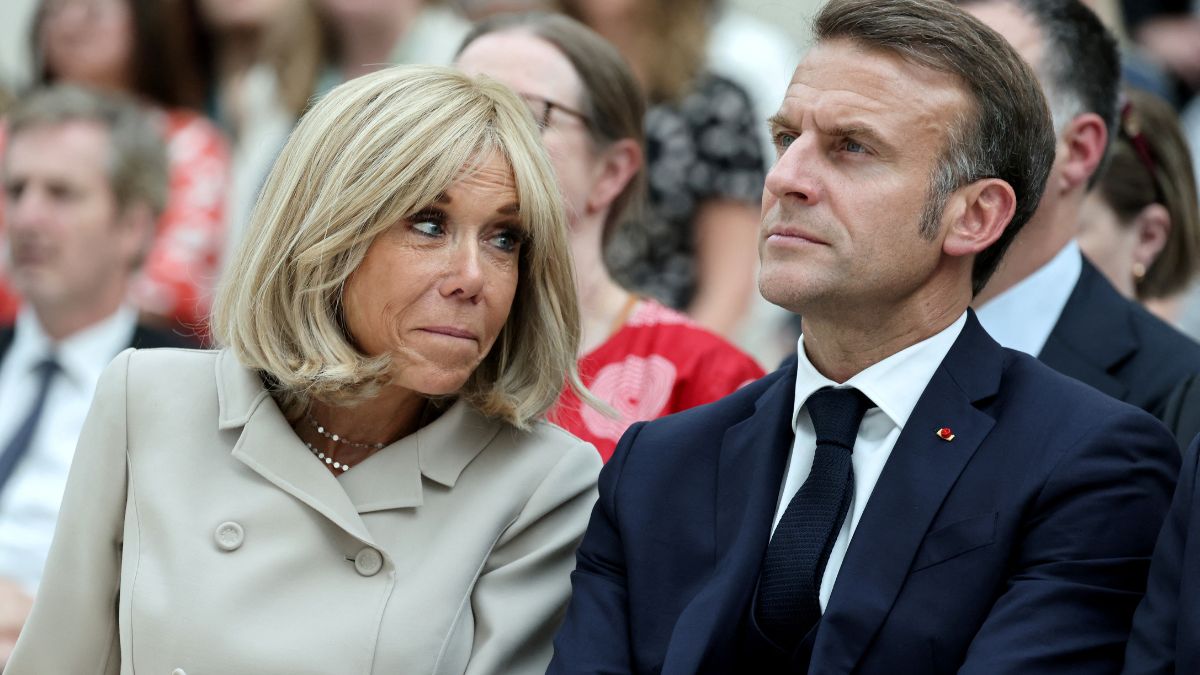)
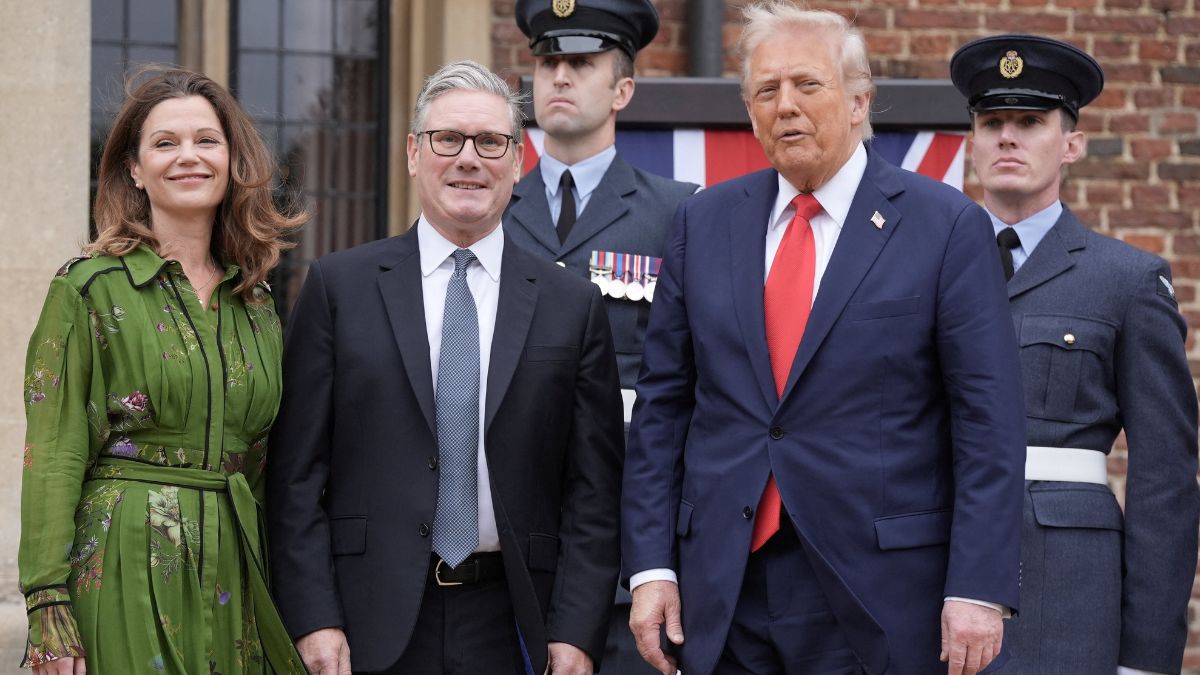)
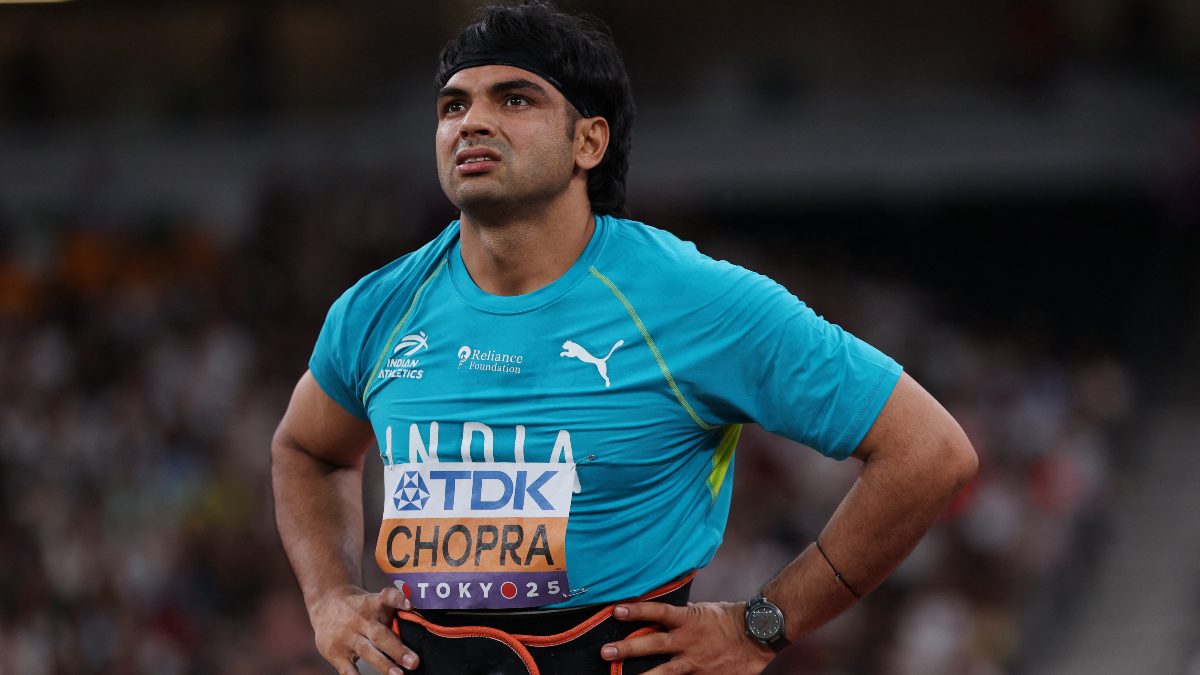)
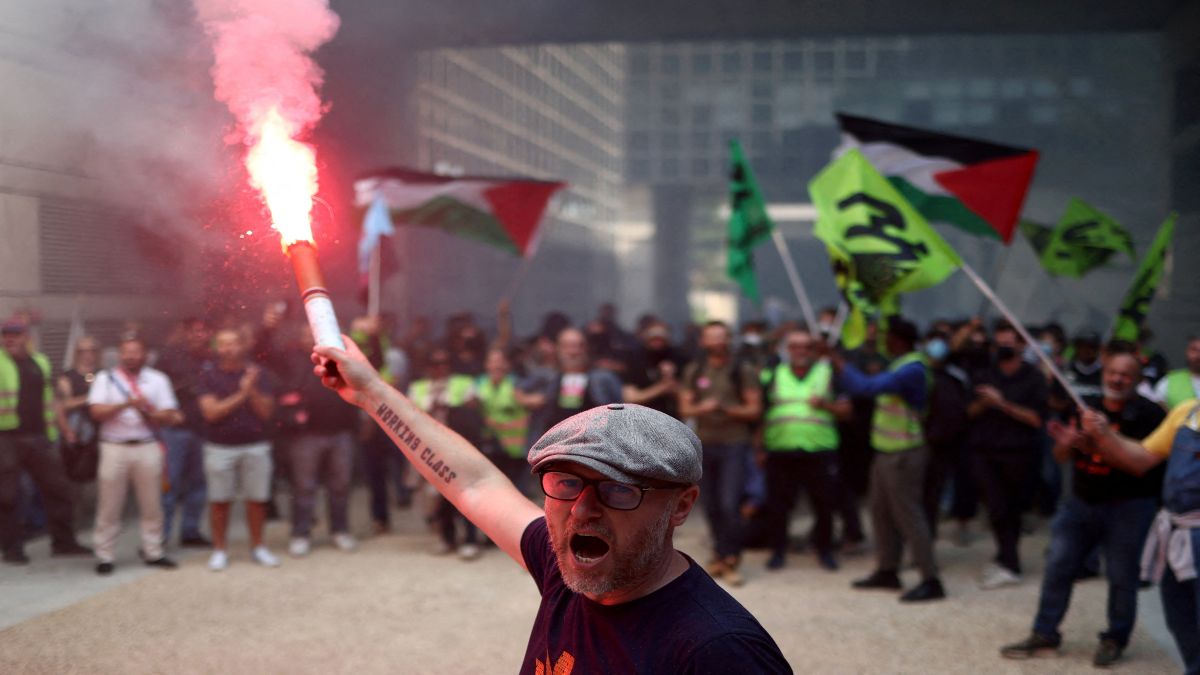)
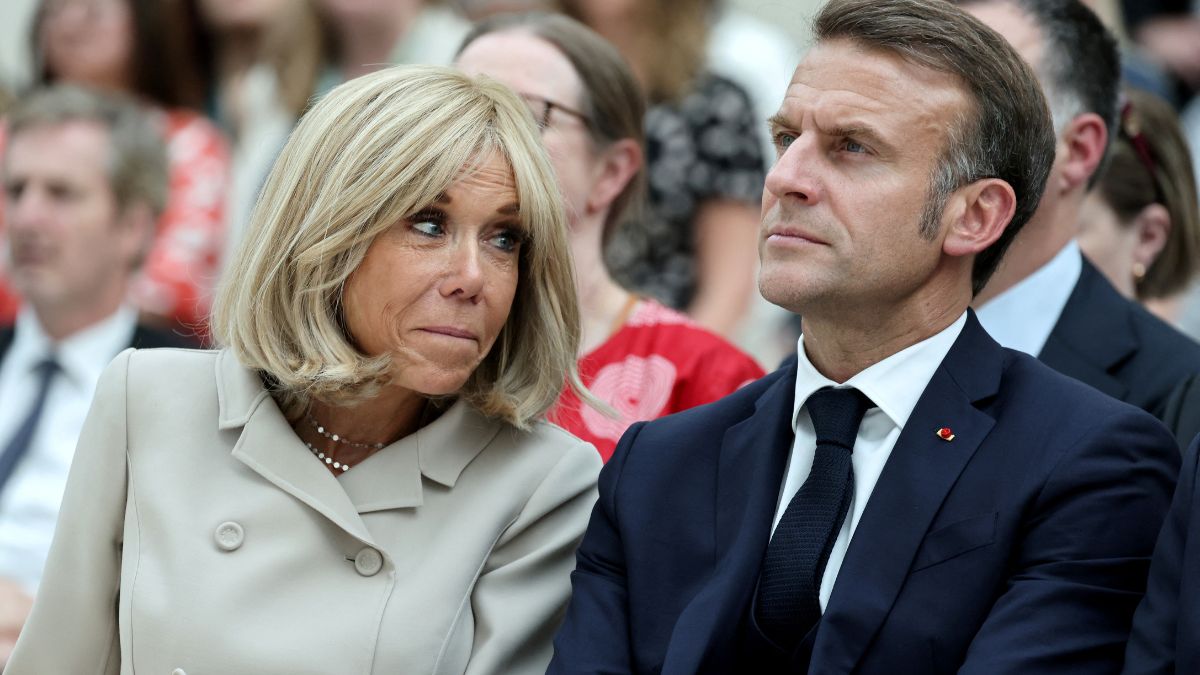)
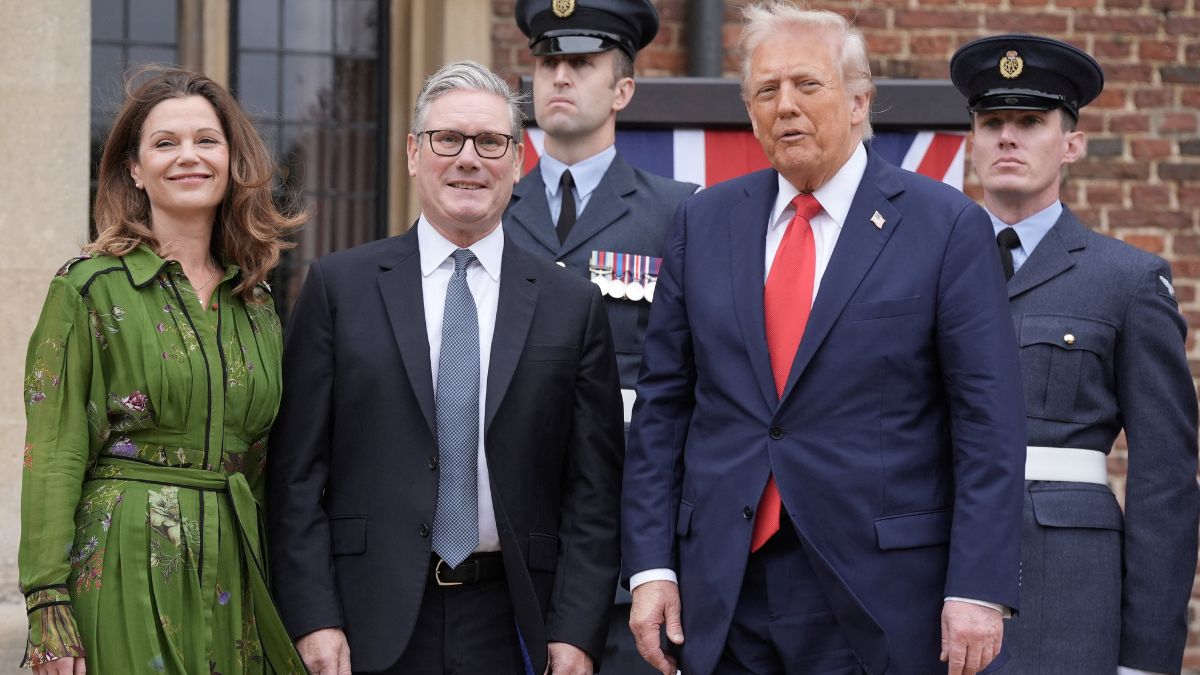)
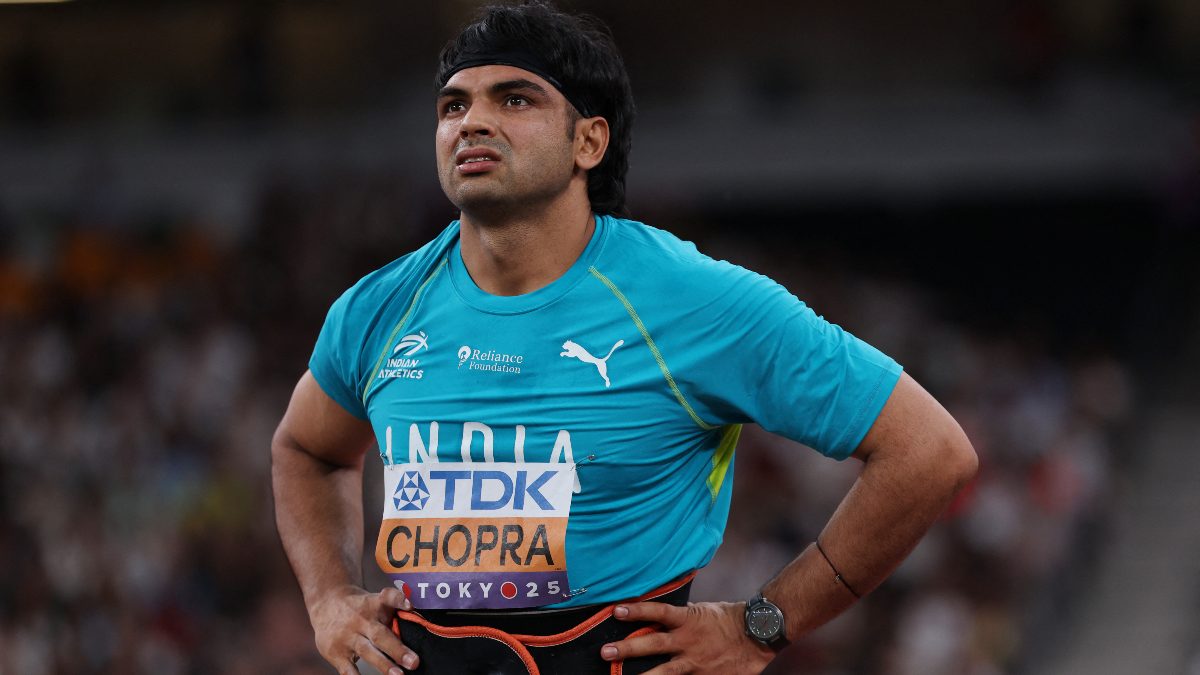)
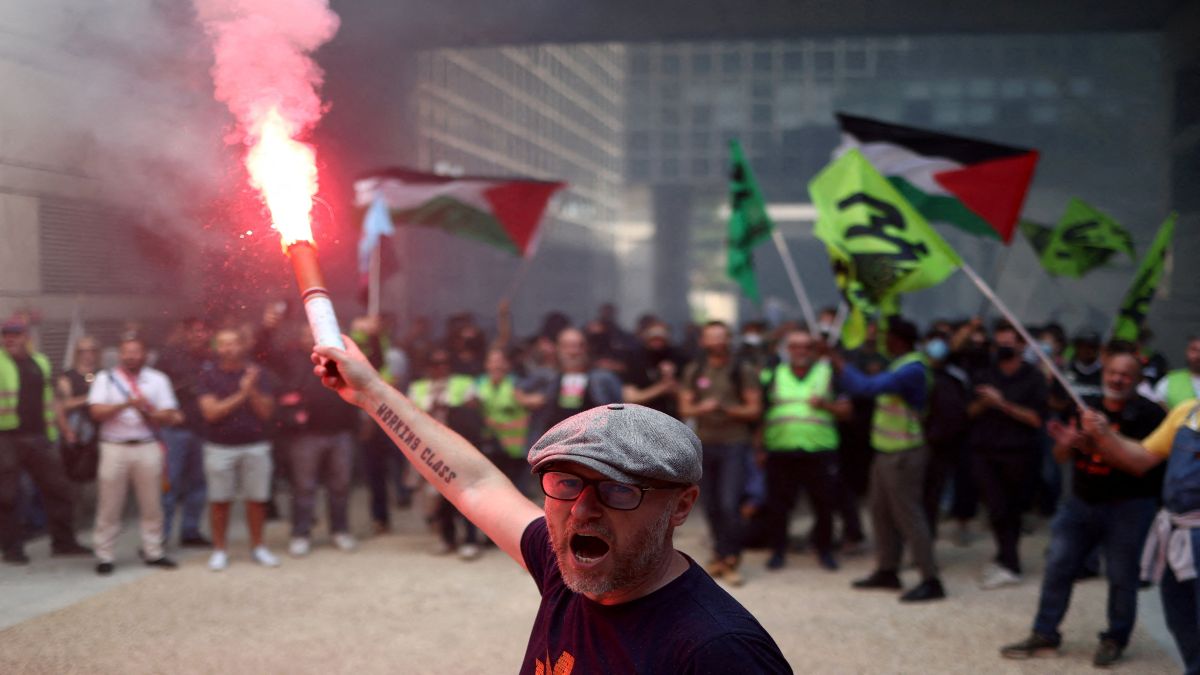)



